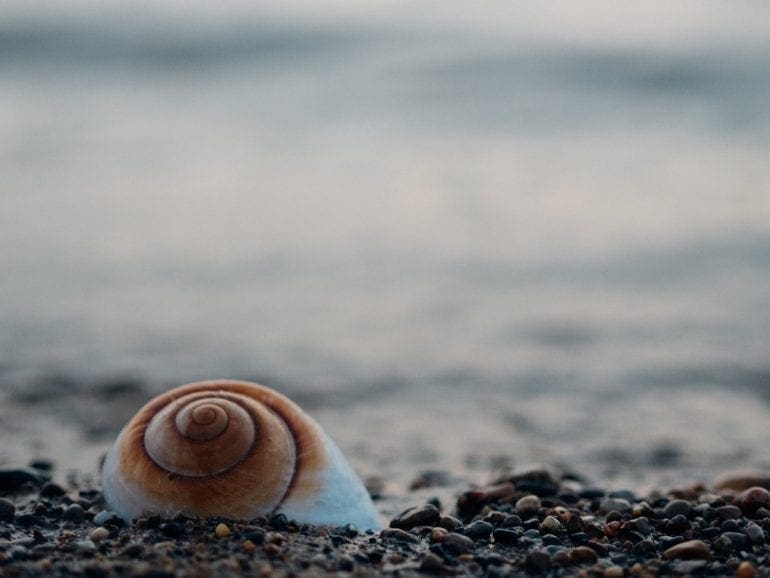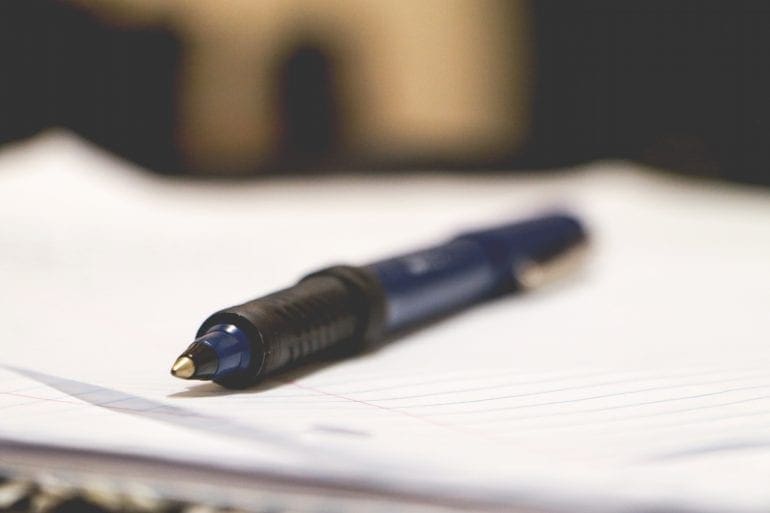Practicing gratitude is simply being mindful of what you’re grateful for and intentional in the expression of it. It’s a relatively simple activity that can do a lot to abolish feelings of hopelessness and apathy. It’s no cure-all, but it could be the shift that makes life a bit more bearable right now.
In my practice, I think of three to five things that I’m grateful for. But, I don’t just recite them as though I was trying to remember to get milk and eggs on the way to the grocery store. Instead, as I think of each thing, I consider it and hold it in my mind until I feel it more than think it. When I feel that little tug of emotion, I ponder on it for a moment or two, and then express my gratitude.
In the last few months, given everything going on, my gratitude practice had dwindled. I am writing this article to help myself get back on track, and at the same time, maybe help you, too.
Practicing gratitude is not like having a Pollyanna attitude. You still recognize what hurts, what is stressful, and what should change. Feeling your gratitude is keeping focused on what you can deal with in the moment. And, focusing on what’s good in life can give us the energy to handle what isn’t.

Photo by Aaron Burden
The Science Behind Feeling Grateful
Although the effects of gratitude have been studied for decades, more intensive studies have been done in this century.
One of the newer understandings is in the ways in which you feel gratitude. The automatic thank-yous we give each other as a social politeness is a kind thing, but real gratitude itself is deeper.
Feeling grateful is also a very different thing from feeling indebted. To feel indebted for any reason means that you feel an obligation that could even border on guilt, a feeling that you need to repay for something somehow.
When you feel grateful, your focus is centered on the source of your receiving, instead of on yourself. In a situation where you feel gratitude, you are more likely to keep that feeling going forward by doing things that expand on it, which could include a closer relationship to the person you are grateful to.
Psychologists have found that gratitude has a positive impact on both our minds and bodies when we feel gratitude deeply.
Consider this excerpt from the book “Positive Psychology in Practice” by Stephen Joseph:
“Highly grateful people…tend to experience positive emotions more often, enjoy greater satisfaction with life and more hope, and experience less depression, anxiety, and envy. They tend to…be more empathic, forgiving, helpful, and supportive as well as less focused on materialistic pursuits, compared to their less grateful counterparts.”
Physical health is impacted in many ways by practicing gratitude. According to Psychology Today, the deeper benefits of a grateful outlook can cause a person to feel less physical pain, sleep better and in general, take better care of themselves.

Photo by Kamarudin Mahmood
How to Feel Gratitude When Life Feels Hard
This is the hard one. I lost sight of my own gratitude practice when the reality of the pandemic hit me. Like many others, I began to have a hard time feeling hopeful about anything, and most activities felt pointless. Just recently, I’ve started my practice again and am working on strengthening it. I may not feel the intense joy I would occasionally feel when I practiced it before, but I definitely have many more moments of satisfaction and feel calmer most of the time. Here’s what I possibly could have done to keep it going:
- Focusing or refocusing on the small things. This is always a good place to start. It’s also a great place to get back to when something stressful happens or there’s a crisis. Keeping gratitude focused on the small things you can control instead of what you can’t, can keep it more realistic feeling when you’re experiencing a crisis.
- Remember to be grateful for the things not everybody has. To be grateful for such basic things such as running water, transportation, a working toilet even, I feel gives me a way to remember that I have privileges that others don’t. This type of getting to the basics of our human needs can cause us to have more empathy for others, which gives a humbling context to our gratitude.
- When something dark or sad happens, it’s hard to be grateful. But, it’s easier if you take smaller steps and break it down. Separate out the worst from the not-so-bad. Not always how it could be worse, but in what ways it isn’t. Sometimes when we look at a negative situation, we extrapolate what could happen and sort of lump it all together. In reality, an experience or crisis might go on, but we often can deal with it a step or event or two at a time. Find a glimmer of good, and know that that will help you deal with it.
- Consider starting a gratitude journal. For some people, a more tactile reminder to stay with their practice can help a lot. I like to write three things each morning that I’m thankful for, and then end the night by writing five things I feel good about from my day. Your journal can be as simple as a cheap spiral notebook or a lovely journal dedicated to the practice of gratitude. Keeping a journal not only helps in the moment, but it’s also something to look back at when we are struggling.
- Give of yourself. Although giving money can feel good of course, it doesn’t feel the same as giving your energy, your time, or even items that others may need. This keeps the gratitude flowing outward, which is a thing that helps sustain it.

Photo by Chandler Cruttenden
Gratitude for Kids
You’ve already taken the first step towards fostering a habit of gratitude in your children if you’ve begun the practice yourself. You can help guide them by talking to them about a gift or favor that’s been bestowed upon them. Explain the loving intent or the work that went into the action or item. Encourage your kids to express gratitude to others by making a card with them or doing a kind favor for the recipient.
Children can start their own journal where they can write the three things they are thankful for every day. For smaller kids, try a gratitude collage. Help them cut out pictures or draw what they are thankful for and display it where they can see it. Make a new one every so often so they can get into the habit of thinking what they are grateful for.

Photo by Ales Krivec
How to Keep at It
By starting small and building your practice as it feels right, you’re laying the foundation for a successful habit. Staying mindful about why you are doing it helps a lot. Deep satisfaction can come from acknowledging the worth of people around you, and the feeling of grounding humility towards the privileges you enjoy. Keep that feeling of gratitude going through your day as a way to expand and stay in your practice. Occasionally, look at an item in your home and imagine what it took to bring it there—the folks who mined or grew the materials, the labor that made it, the merchant who sold it, the paycheck that purchased it. It’s very grounding to realize that everything we have is supported by other people in some way.
When you get off track from your gratitude practice, start again slowly at first and resist any urge to berate yourself.
And finally, If you begin to feel that your practice has caused positive changes and improved how you look at your life, consider sharing the concept of a gratitude practice with someone else.
This morning at the top of my gratitude list, I’ve written that I am grateful to be sharing this with you.
Here are some further resources:
About the Author/s
Writer, sewist and curious cook, cohabiting with a clowder of cats along with the husband who brings them home. Staff writer at The Digest Magazine.
